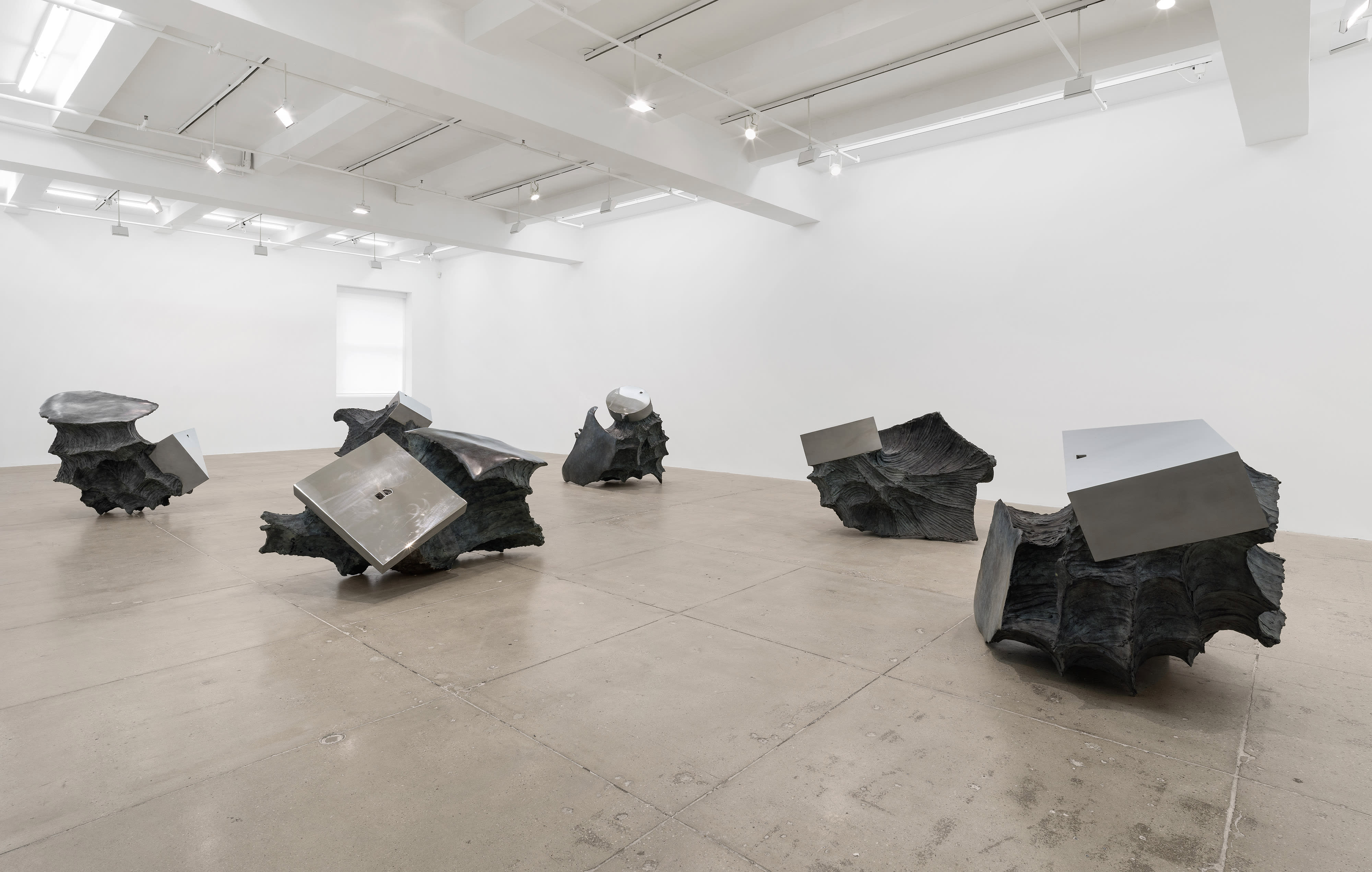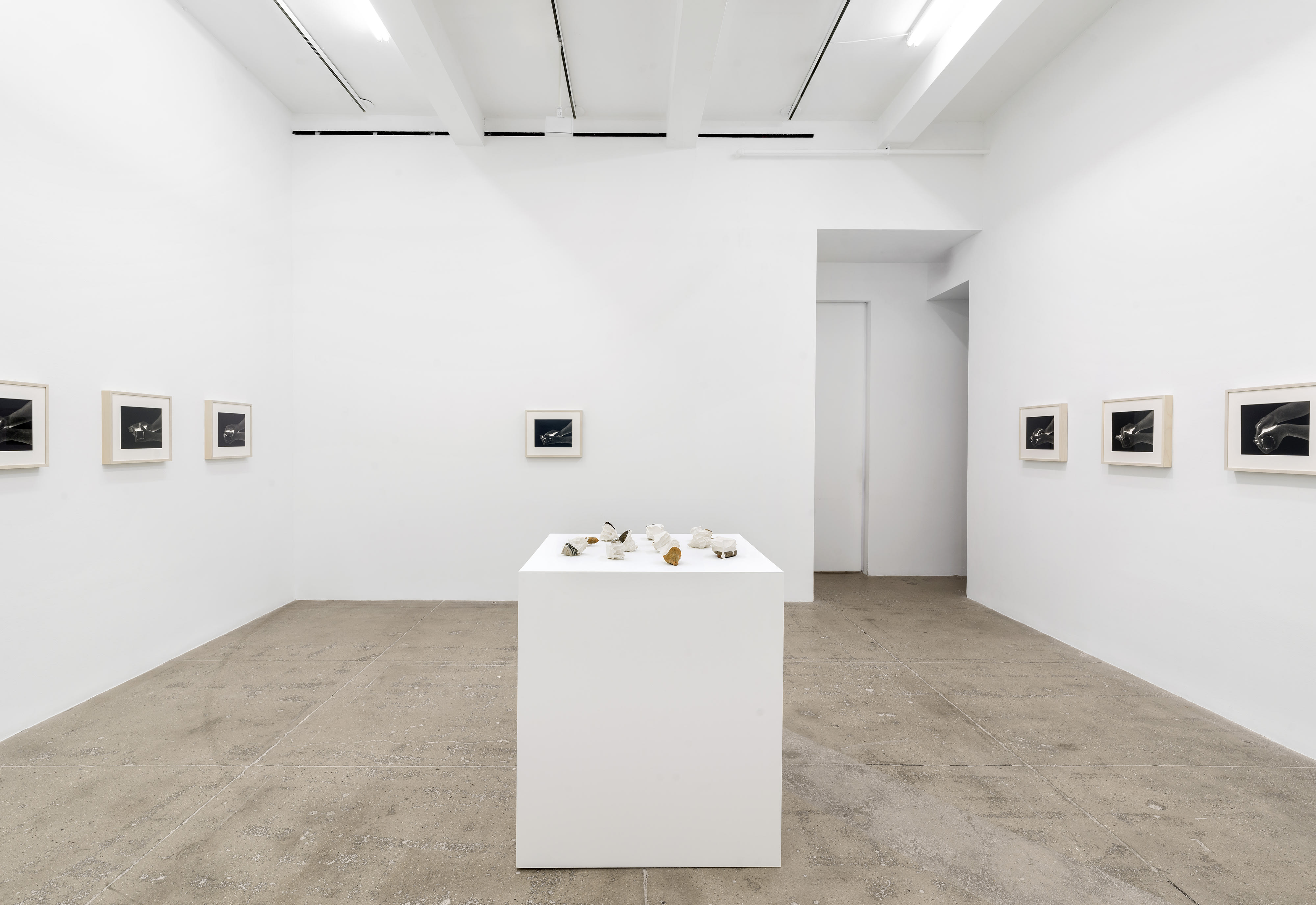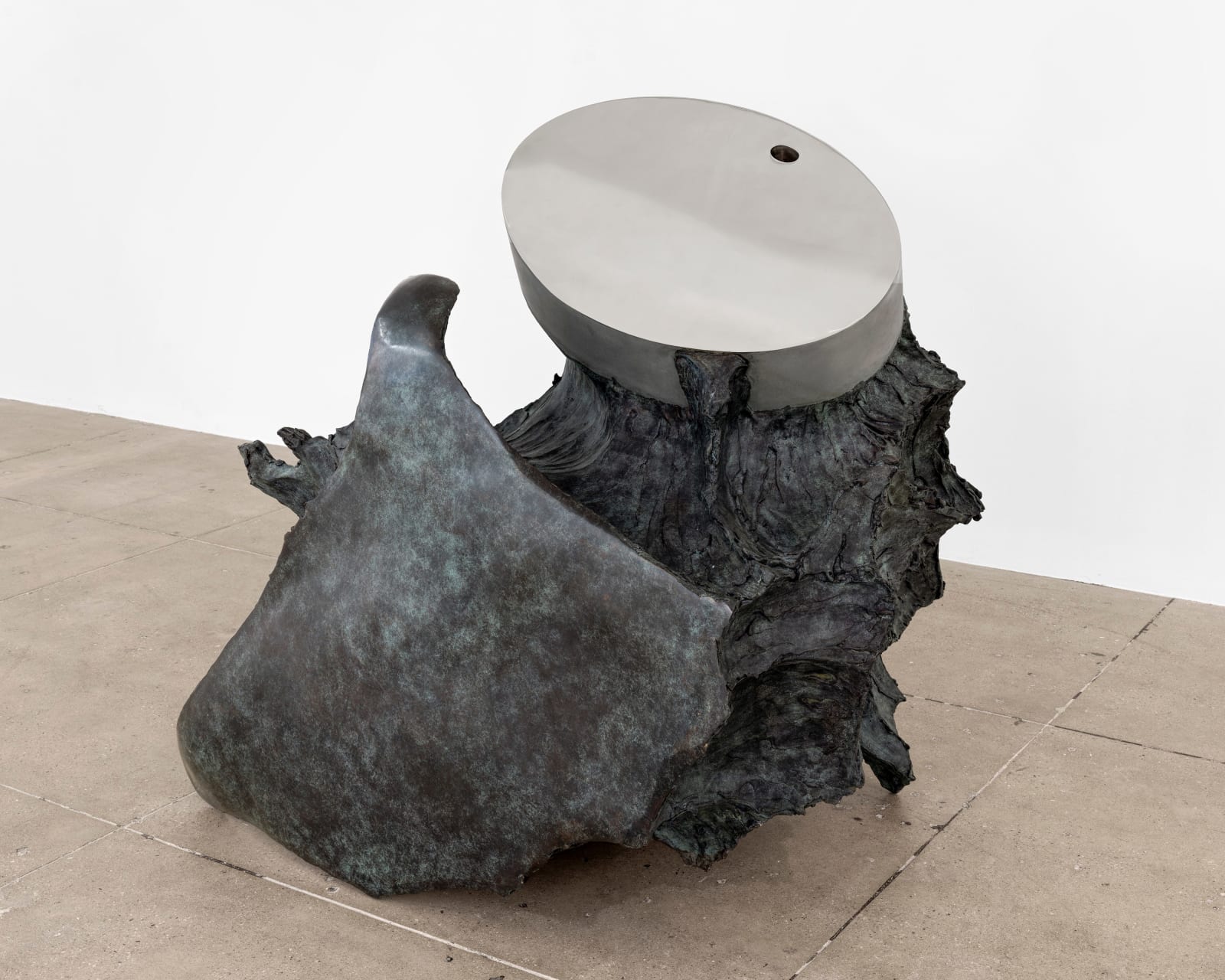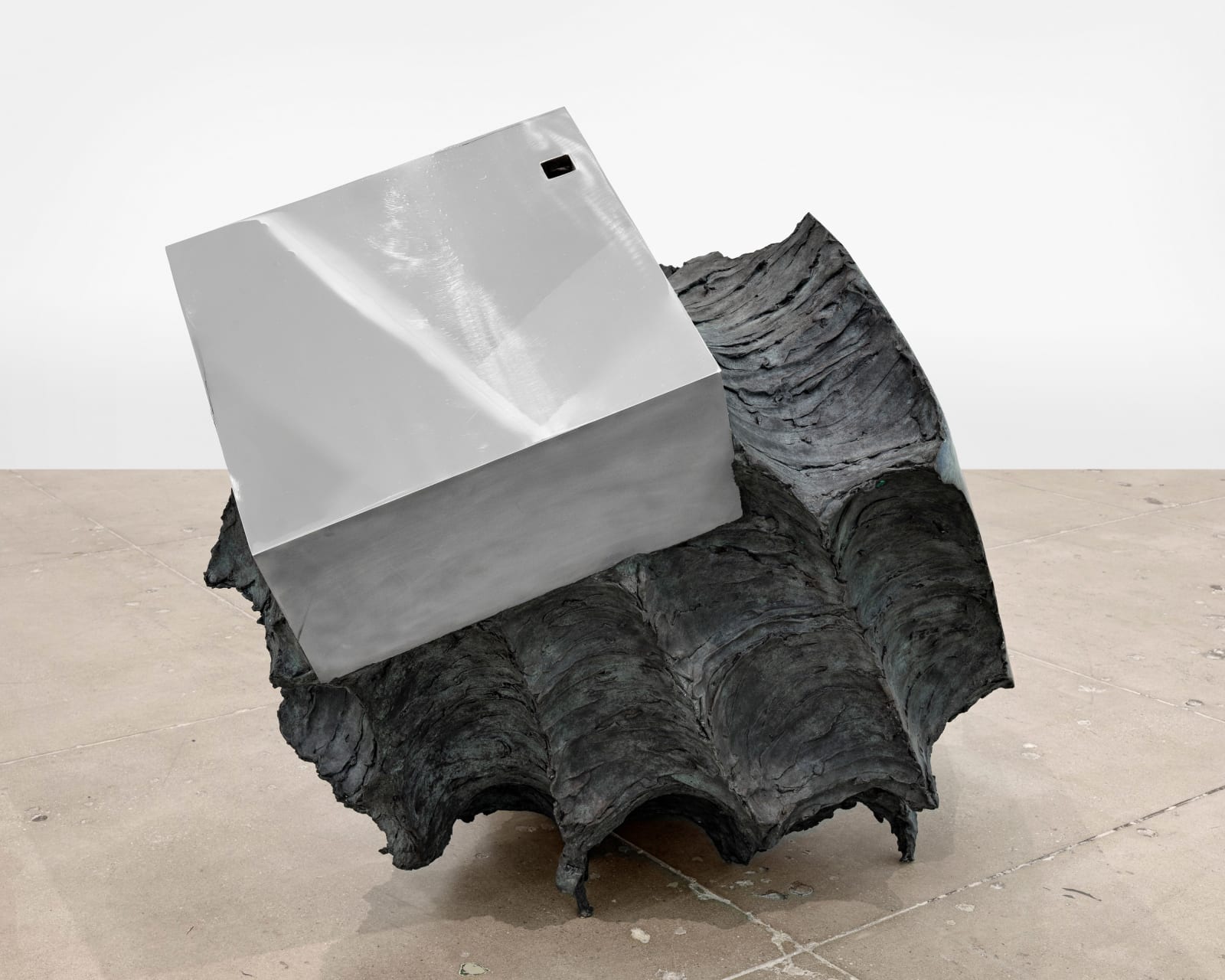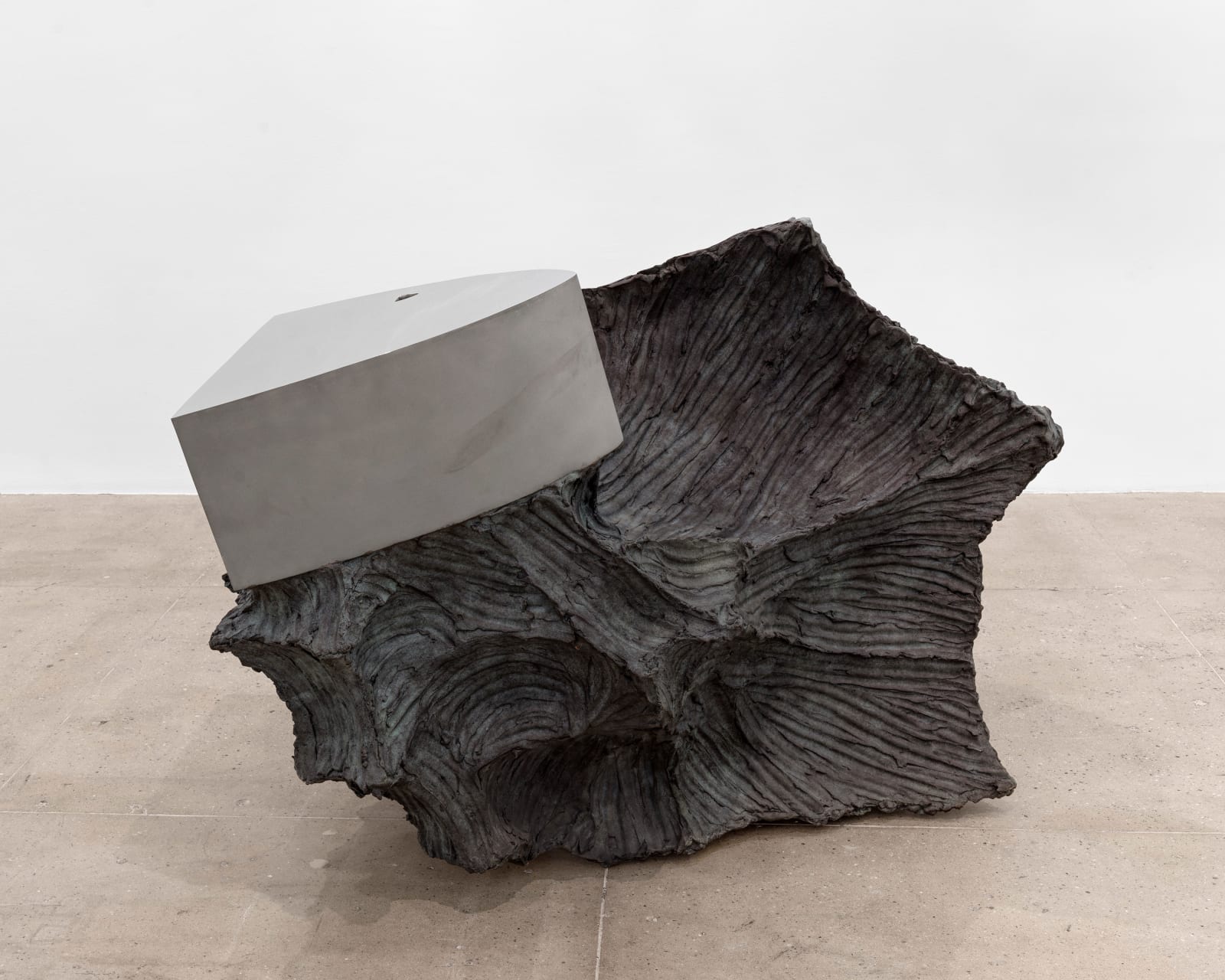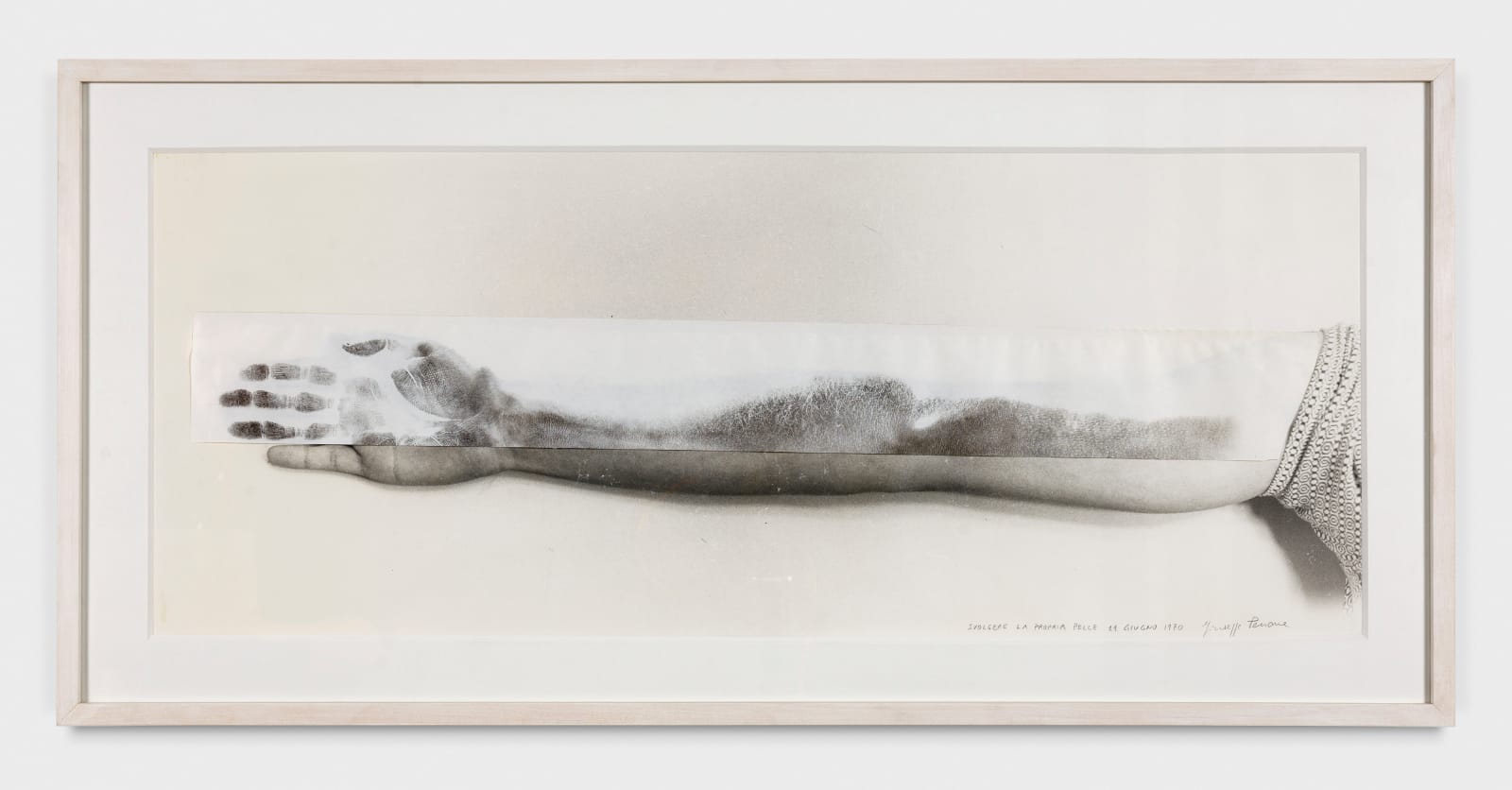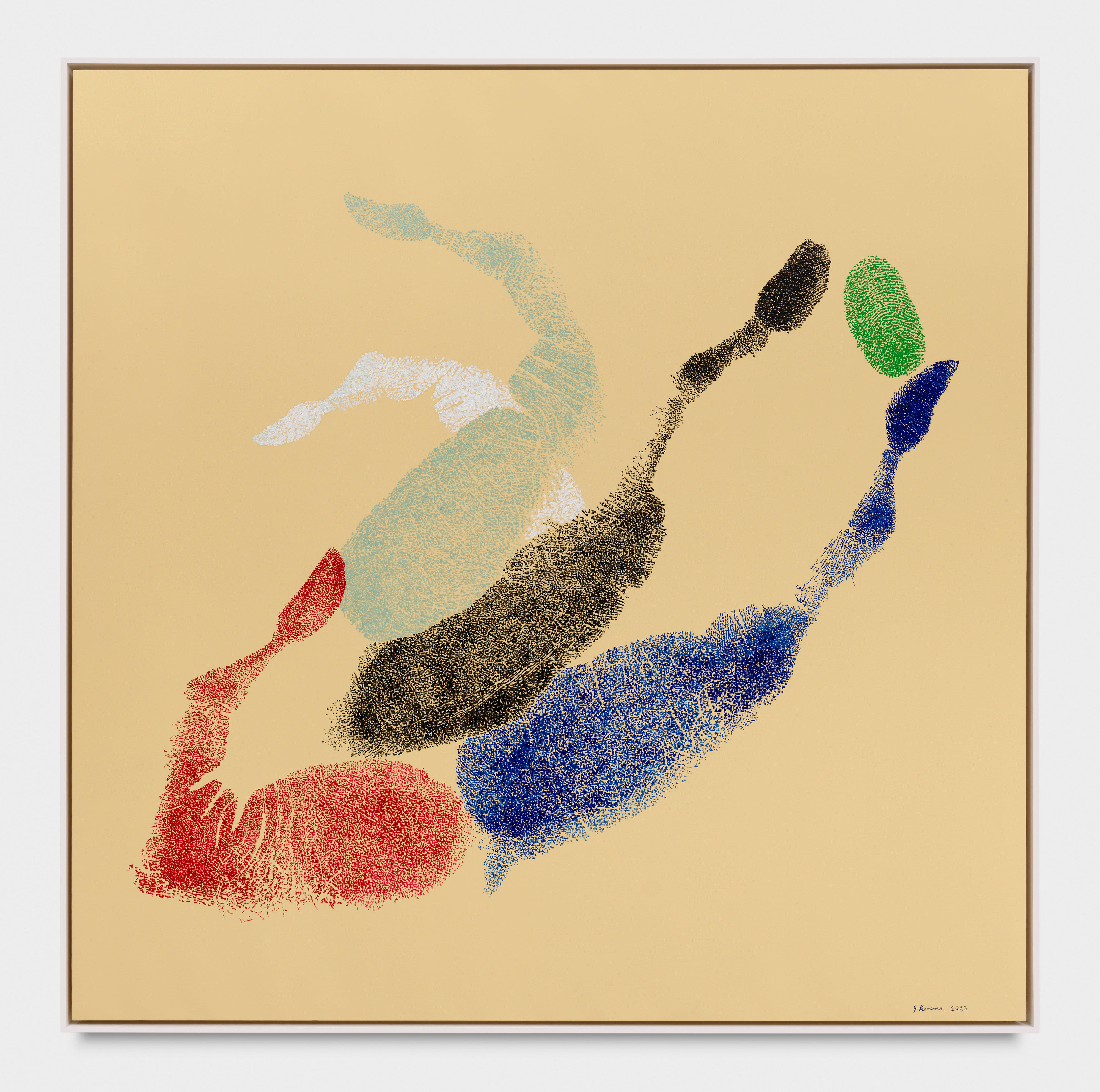Giuseppe Penone: Hands - Earth - Light - Colors
“Fossilized gestures... develop[ed] in a space ...bring man closer to plants forced to live eternally under the weight of the ‘gestures’ of their lives.”
- Giuseppe Penone
Marian Goodman Gallery New York is delighted to present an exhibition by Giuseppe Penone that will be on view from 3 May – 29 June.
Shaped by a conceptual movement in the 1960s and 1970s that sought to ground art in everyday materials, Penone has worked in a distinctive realm within the tradition of Arte Povera with a unique body of work that prioritizes process, time, phenomena, the body and nature as sculptural materials, offering a continuous reinterpretation of these forms and their meaning.
On view will be a selection of key photographic works, sculptures, and recent works on canvas which span the years 1970-2023, highlighting a conceptual theme that has propelled his practice and continues to resonate today. Central to this is the notion of touch and its importance to the artist: “to touch, understand a form, an object is like covering it with prints. A trace formed by the images that I have on my hands,” wrote Penone in 1969. Beyond the conventions of sight, the imprint for Penone is touch transformed into a fossilized gesture that records and shapes our reality and our perceptions. An index of the individual it is simultaneously unique and “the most democratic image that can be conveyed -- an image that leads human beings back to matter, to nature.” Touch and breath, forms which belong to everyone, transmute the tactile into the visual, underlying Penone’s notion of living sculpture.
A point of departure in this exhibition is an early sculpture from 1979-82 titled Cocci (Shards), which traces the imprint of the artist’s cupped hands holding a fragmented vessel, preserved through poured plaster. These solidified forms delineate both the residual shards of a vessel and the shape of the artist cupping his hands around it, reminiscent of the primordial gesture of trying to keep hold of what is fluid.
Inspired by the gestures and actions in Cocci, two decades later in 2004-05, Penone undertook a similar process: creating larger plaster shapes tracing the imprint of the hand, substituting children’s wooden blocks for vessel fragments, and casting the blocks into steel. With the plaster shapes in bronze, and the wooden blocks in steel, Geometria nelle mani (Geometry in the Hands), 2005, was created. A series of five sculptures on view here, they contain a memory of Cocci. Their seemingly natural bronze surfaces resemble human imprints and are juxtaposed with stainless steel geometries, creating a dialectic of forms. Within each of the sculptures lies a hidden complexity: a small void of the same shape as the wooden block through which we’re able to glimpse the artist’s hand — the principle of creation at the heart of Penone’s practice.
In a group of early works from 1970-1973, Coincidenza di immagini (Images Coincidence) and Svolgere la propria pelle (To Unroll One’s Skin), photographs of a part of the body correlate to ink prints of their respective skin areas establishing a relationship between the visual representation and the perception of touch, and revealing the richness of the image of the skin. These works suggest that the physical encounter with the universe is more profound than the experience of it through sight.
In his most recent works, a series titled Impronte di Luce (Imprints of Light), 2023, Penone turns to painting, exploring gesture and imprint in an entirely new context. In each of these works gestures of the hands imprinted on paper with ink are enlarged and transported onto canvas to create colorful compositions. The brilliantly hued colors of the background of the canvases are derived from Le Corbusier’s ‘architectural polychromy,’ a chromatic palette of 63 colors formulated in 1931 and enriched in 1959. Each canvas has the proportions of a 183 x 183 cm perfect square, inspired by the ‘Modulor,’ Le Corbusier’s anthropometric system of proportions and measurements based on the golden ratio.
Installed on the wall and suspended by a steel cable are the works from Avvolgere la terra - il colore nelle mani (To Enfold the Earth – the colour of the hands), 2014, each formed by enlarging a handful of clay bearing the imprint of the artist’s hands, and revealing that imprint in terracotta and pigments of red, light pink, blue, and yellow.

Giuseppe Penone was born in Garessio, Italy in 1947. He lives and works in Turin. Giuseppe Penone has had recent solo exhibitions at the Galleria Borghese, Rome (2023); Centre Pompidou, Paris (2022); Philadelphia Museum of Art (2022); Villa Medici, Rome (2021); Palais d'léna - CESE, Paris, France (2019); Yorkshire Sculpture Park, Wakefield, UK (2018); Chateau La Coste, Le Puy-Sainte-Réparade (2017); Palazzo della Civilità, Rome (2017); Louvre Abu Dhabi, UAE (2017); MART, Rovereto (2016); Rijksmuseum, Amsterdam (2016); Nasher Sculpture Center, Dallas (2015); Musée Cantonal des Beaux-Arts, Lausanne, Switzerland (2015); the Beirut Art Center, Lebanon (2014); the Musée de Grenoble, France (2014); the Château de Versailles, France (2013); Kunstmuseum Winterthur (2013); Madison Square Park, New York (2013) and Whitechapel Gallery, London (2013).
In 2023 Penone became a Foreign Associate Member of the Académie des Beaux-Arts. Among his many awards he recently received the McKim Medal (2017) and the prestigious Praemium Imperiale International Arts Award for Sculpture in 2014. Giuseppe Penone has exhibited at Documenta V (1972), VII (1982), VIII (1987) and XIII (2012) and at the Venice Biennale in 1978, 1980, 1986, 1995, and 2007.
Earlier this year The Logic of the Vegetal – Metamorphosis was presented at Desert X AlUla 2024 located in northwest Saudi Arabia. In May 2024, Penone unveiled a new site-specific sculpture commissioned by the Princess Estelle Cultural Foundation for its sculpture park on Royal Djurgåden, Sweden, in celebration of its five-year anniversary.
